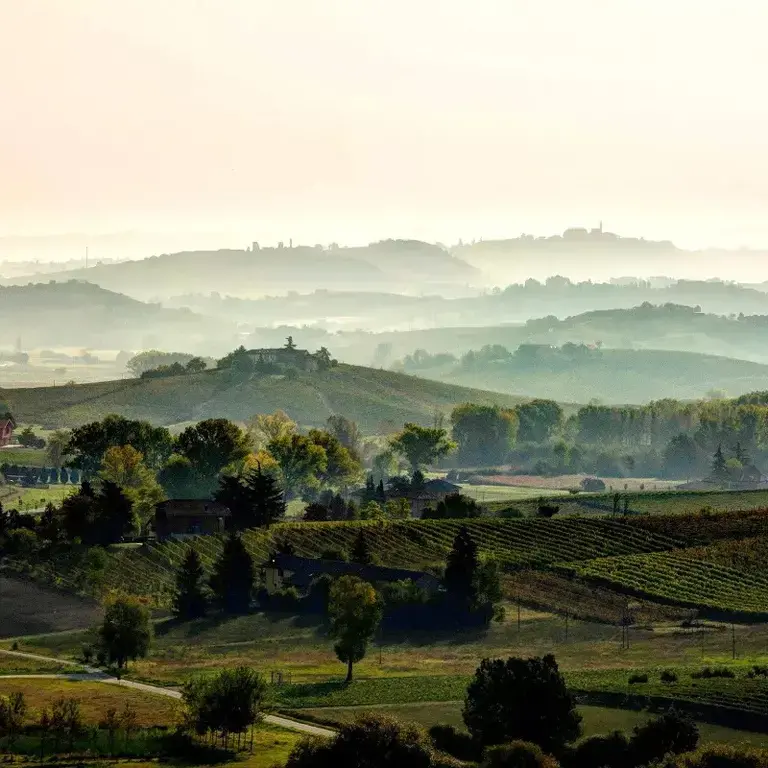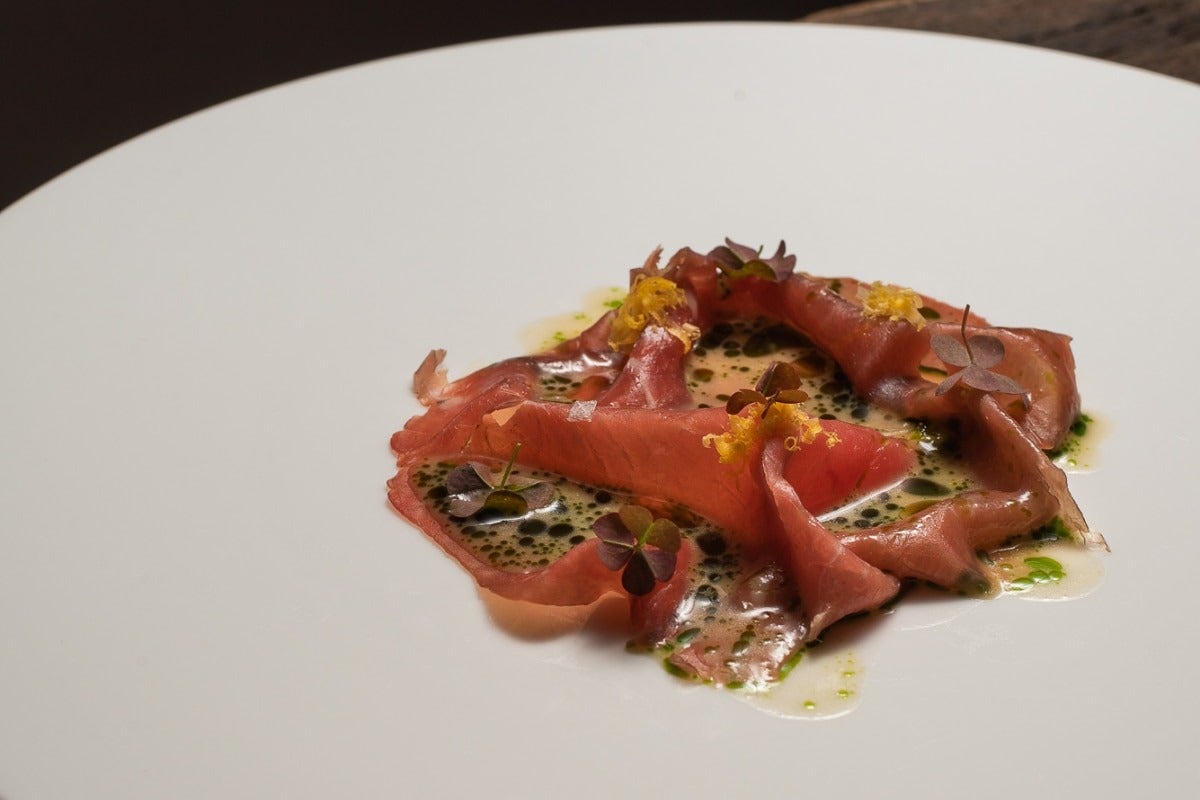Monferrato is a succession of rolling hills with villages perched on top, among rows of vines, with majestic castles that appear on the horizon: a northern Italian territory waiting to be discovered.
A geographical region vital to the history of Italian wine, between the Piedmontese provinces of Asti and Alessandria, among woods and hazelnut groves, it has preserved its wild nature, thanks to an intelligent and respectful interaction between humans and landscape. In 2014, it was added, with Langhe and Roero, to the list of UNESCO World Heritage Sites.
Now, a new development is allowing the Gran Monferrato area (Acqui Terme, Casale Monferrato and Ovada) to emerge as a destination of note, which together with Alto Piedmont has obtained the recognition of European City of Wine 2024, a title which in rotation rewards the best producers of an Italian territory, alternating with other wine-growing cities in Portugal and Spain.
New and interesting projects are appearing on the scene, animating the Monferrato area and contributing to the renaissance of local food and wine. Here are nectars that leave their mark, but also truffles, typical products and interesting places to try, which stand up against those of the more famous Langhe. Discover them with our guide to Monferrato.














